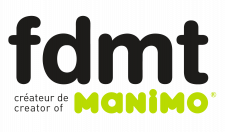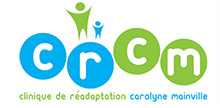Animal-assisted therapy (AAT) is an evolving type of therapy. In my experience, animals arouse great interest and curiosity when used in intervention work, and they are also appealing. Here is some information to learn more about this approach!
Animal-assisted therapy is an intervention which includes: a therapist trained in animal therapy, an animal previously selected and trained to work with clients. This approach addresses many clients: children, adults and seniors with a range of needs. AAT can target different goals depending on the client’s needs: to educate, entertain and / or lead the client to improve certain aspects of functioning (physical, psychological or social). It can be practiced individually or in groups.
How can animal-assisted therapy help a child?
The AAT therapist, working in collaboration with an animal, aims to help children develop in different areas of life.
With animal therapy intervention, it is possible to:
Contribute to the development of language
Improve motor skills
Promote social skills
Develop cognitive abilities
Reduce the fear of animals
Here are some examples of what can be done in animal-assisted therapy:
Conduct a bite prevention workshop in child care settings.
Stimulate a child’s creativity by asking him to build routes for animals according to certain requirements;
Improve a child’s assertiveness by teaching him how to give commands to the animal;
Encourage the development of fine motor skills by having the child make a collar for a partner – the animal;
And many other possibilities!
Who are the animal-assisted therapists?
Anyone involved in animal-assisted therapy must be trained in it. They may (or may not) have had training in health or social sciences.
How is it different from other approaches?
It is through activities with the animal that the child develops different skills, all while having fun! An established relationship with the animal is required because it is a source of motivation for the child. The therapist in AAT tries to attain intervention objectives through exercises and activities done with the animals. Play is so important in child development; AAT is an approach that allows learning in a fun and motivated way!
If you want to know more about animal-assisted therapy or access a directory of animal-assisted therapists, visit the site of the Corporation des Zoothérapeutes du Québec (corpozootherapeute.com).



Leave A Comment